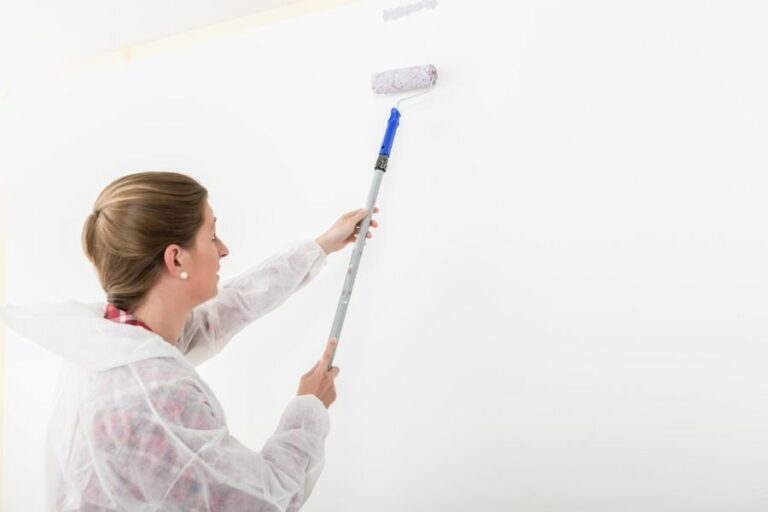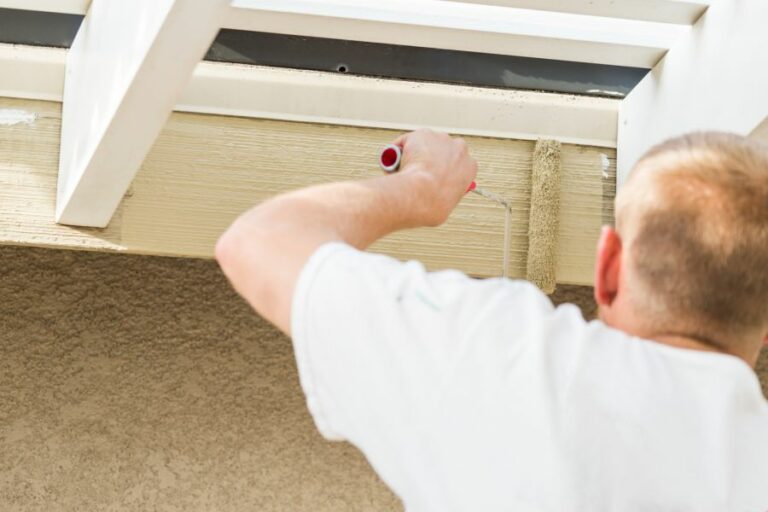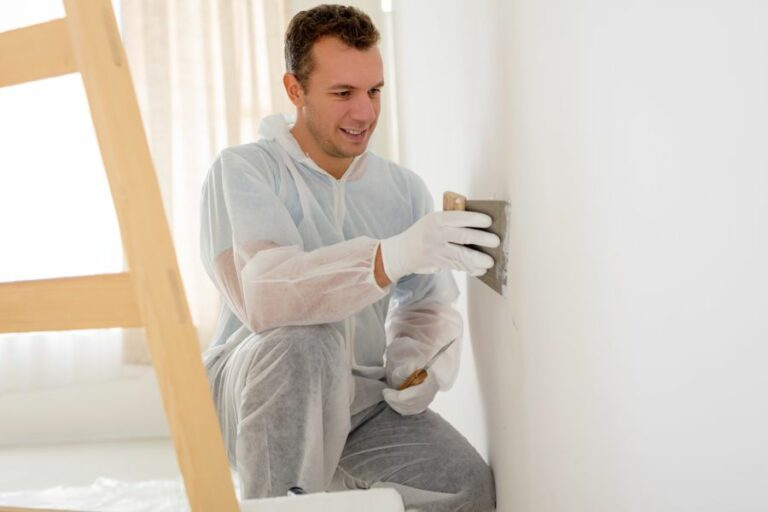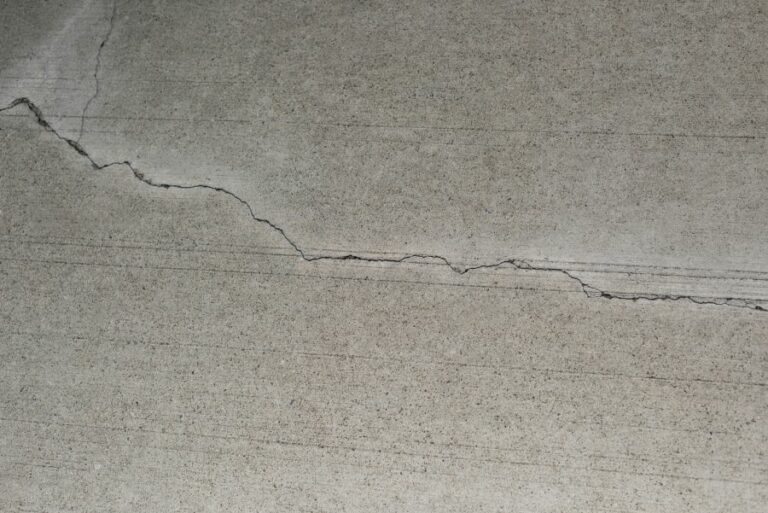Prevention Techniques For Nearby Zones. What Pros Say
Prevention techniques play a crucial role in mitigating potential risks and hazards when protecting our communities and maintaining safety in nearby zones. With our thorough research, we’ve compiled a list of effective strategies and methods that will empower you to make informed decisions and take proactive steps to ensure the well-being of your surroundings.
Prevention techniques for nearby zones:
Prevention techniques for nearby zones involve identifying risks and vulnerabilities, implementing physical security measures, developing safety policies and procedures, enhancing community awareness, conducting regular inspections and maintenance, and planning for emergency response. These methods promote a safe and secure environment for communities, organizations, and individuals.

Discover the most effective methods to prevent disasters and safeguard nearby areas. Uncover secrets to establishing strong defenses, preparing communities, and staying vigilant. More invaluable insights await within. Keep reading and be prepared!
Contents
- 1 Techniques to Prevent Hazards in Surrounding Areas
Techniques to Prevent Hazards in Surrounding Areas
• Introduction
Maintaining safety and preventing incidents in nearby zones is vital for communities, organizations, and individuals. Proper prevention techniques can minimize the risk of accidents, environmental hazards, and other negative consequences, fostering a safe and healthy environment for everyone.
• Identifying Risks and Vulnerabilities
In order to implement effective prevention techniques, it is crucial first to identify the risks and vulnerabilities present in your nearby zone. This can be achieved through risk assessment, which allows you to uncover potential hazards and analyze their impacts.
Risk assessments should be conducted regularly and consider various factors, such as natural disasters, crime rates, and infrastructure conditions.
• Implementing Physical Security Measures
One of the most effective ways to prevent incidents in your nearby zone is by implementing physical security measures. These measures include:
– Access Control
Controlling access to different areas helps prevent unauthorized entry and potential incidents. Some methods for implementing access control include securing doors and windows, using ID cards, and installing access control systems requiring entry codes, cards, or biometrics.
– Security Lighting
Proper lighting can help deter any potential intruders by making it difficult for them to hide or operate in the dark. Make sure that the area is well-lit, and consider installing motion-activated lights or security cameras to monitor the premises.
– Fencing
Installing proper fencing around your zone helps to deter unauthorized access and provides a physical barrier between potential hazards and the public. Choose fencing that is durable and difficult to bypass, such as chain-link or steel barriers.
• Developing Safety Policies and Procedures
Clear policies and procedures outlining safety and security expectations help to create a culture of prevention and awareness among residents, staff, and visitors. These policies should address topics such as emergency response, evacuation procedures, and communication protocols.
It is essential to regularly review and update your safety policies to ensure they remain relevant and effective. The Occupational Safety and Health Administration (OSHA) offers resources on developing effective safety policies and procedures for various industries.
• Enhancing Community Awareness
Promoting safety and prevention techniques within the community can help create an environment where all members feel responsible for maintaining a nearby secure zone. Some ways to enhance community awareness include:
– Hosting Workshops and Events
Organize workshops or events focusing on safety topics, such as personal safety, first aid, and fire prevention. These events can be open to the public, providing valuable information and resources to the community.
– Creating a Neighborhood Watch Program
A neighborhood watch program can help deter criminal activity by promoting awareness and communication among residents. Encourage community members to report suspicious activities and collaborate with local law enforcement agencies to address any safety concerns.
• Conducting Regular Inspections and Maintenance
Preventive maintenance is essential in ensuring all systems and equipment remain in good working condition, reducing the risk of accidents or incidents due to system failures.
Regularly inspect safety equipment, such as fire extinguishers, alarms, and communication devices, to ensure they are functional and ready for use.
Regular facility inspections can also help identify potential hazards, such as damaged infrastructure or unsafe environmental conditions.
• Planning for Emergency Response
Regardless of how well-prepared your nearby zone is, emergencies can still occur. Developing an emergency response plan can help minimize the impact of these events and ensure a timely response.
Include evacuation routes, communication protocols, and the use of emergency supplies and equipment in your plan. Regularly review and practice the plan with community members, staff, and residents to ensure everyone is familiar with the procedures.
• Conclusion
Implementing prevention techniques in nearby zones involves a combination of physical security measures, community awareness, policy development, and regular maintenance. Through these efforts, creating a safe and secure environment for everyone within your nearby zone is possible.
Remember to consistently review and adapt your prevention techniques to address emerging risks and challenges. With proper preparation and collaboration, communities can thrive in safety and security.







